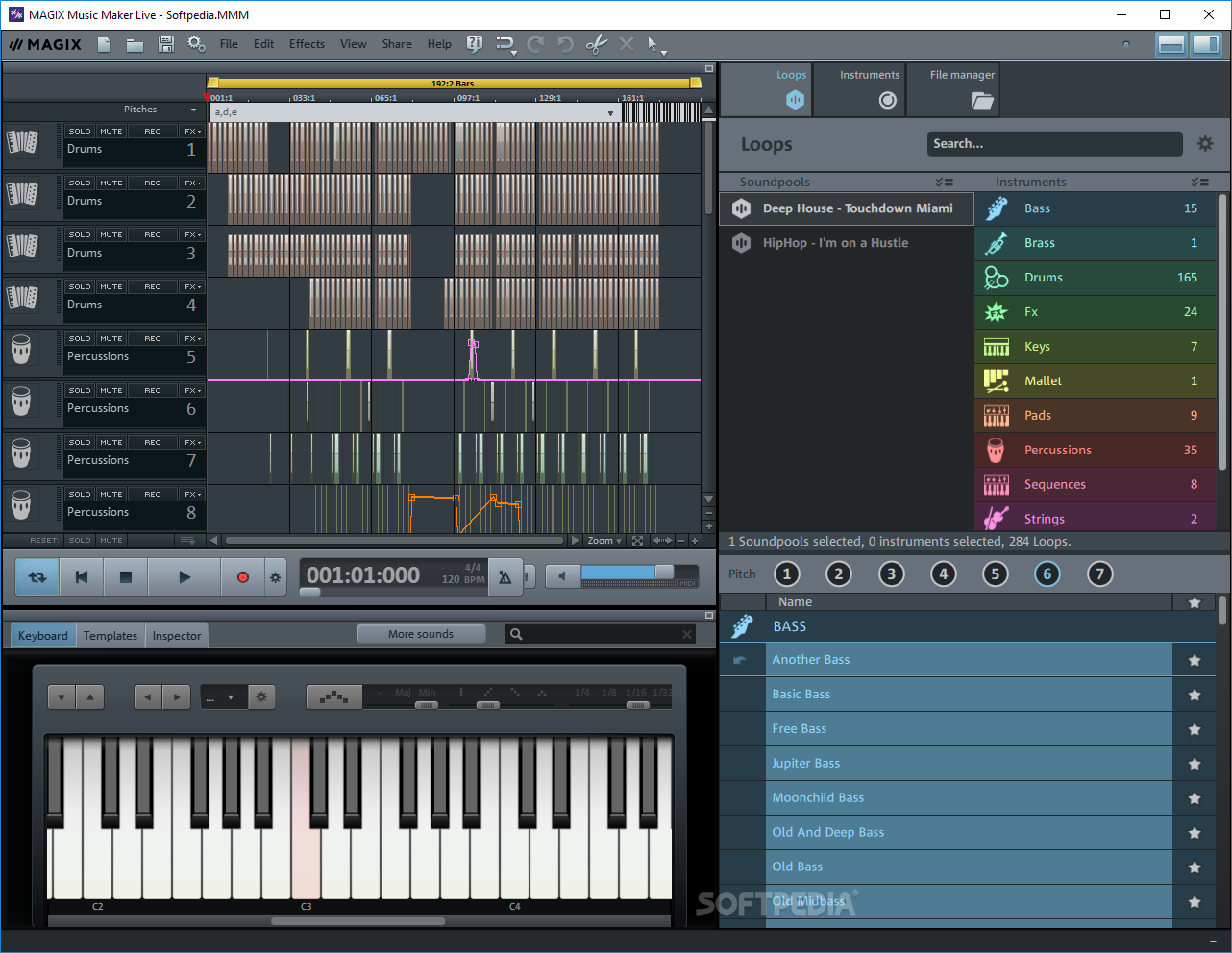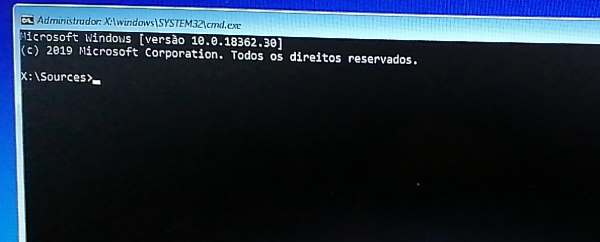C:WINDOWSSystem32HLSrv.exe It does not show up anywhere in Google as a legitimate file so unless you installed it the odds are 1 billion to 1 it is a random-named Trojan. Reboot and run Disk Cleaner and then post another log. WinExec('c: windows system32 control.exe MyCpl.cpl', SWNORMAL); When a Control Panel item is opened through a command line, you can instruct it to open to a particular tab in the item. Due to the addition and removal of certain tabs in some Windows Vista Control Panel items, the numbering of the tabs might have changed from that in Windows XP. System 32 is the one of the most important file hidden inside your computer which contains vital information required to function your computer properly. System 32 files generally located in the system drive C: Windows System32 in my PC (location on your computer can be different). System32 Folder Keeps Popping up at Startup In Windows 10/8/7 FIX TutorialThe System32 folder contains vital configuration and information that are essenti.
-->Note

If you are looking for the list of canonical and module names for Control Panel items, see Canonical Names of Control Panel Items.
There are two ways to open a Control Panel item:
- The user can open Control Panel and then open an item by clicking or double-clicking the item's icon.
- The user or an application can start a Control Panel item by executing it directly from the command line prompt.
An application can open the Control Panel programmatically by using the WinExec function.
The following example shows how an application can start the Control Panel item named MyCpl.cpl by using the WinExec function.
When a Control Panel item is opened through a command line, you can instruct it to open to a particular tab in the item. Due to the addition and removal of certain tabs in some Windows Vista Control Panel items, the numbering of the tabs might have changed from that in Windows XP. For instance, the following example launches the fourth tab in the System item on Windows XP and the third tab on Windows Vista.
This topic discusses the following:
Windows Vista Canonical Names
In Windows Vista and later, the preferred method of launching a Control Panel item from a command line is to use the Control Panel item's canonical name. A canonical name is a non-localized string that the Control Panel item declares in the registry. The value of using a canonical name is that it abstracts the module name of the Control Panel item. An item can be implemented in a .dll and later be reimplemented as a .exe or change its module name. As long as the canonical name remains the same, then any program that opens it by using that canonical name does not need to be updated.
By convention, the canonical name is formed as 'CorporationName.ControlPanelItemName'.
The following example shows how an application can start the Control Panel item Windows Update with WinExec.
To start a Control Panel item with its canonical name, use: '%systemroot%system32control.exe /name canonicalName'
To open a specific sub-page in an item, or to open it with additional parameters, use: '%systemroot%system32control.exe /name canonicalName /page pageName'
An application can also implement the IOpenControlPanel::Open method to launch Control Panel items, including the ability to open a specific sub-page.
For a complete list of Control Panel item canonical names, see Canonical Names of Control Panel Items.
New Commands for Windows Vista
On Windows Vista, some options that were accessed by a .cpl module on Windows XP are now implemented as .exe files. This provides added security by allowing standard users to be prompted to provide administrator credentials when trying to launch the files. Options that do not require extra security are accessed by the same command lines that were used in Windows XP. The following is a list of commands used in Windows Vista to access specific tabs of Control Panel items:
Personalization
- Font size and DPI: %windir%system32DpiScaling.exe
- Screen resolution: %windir%system32control.exe desk.cpl,Settings,@Settings
- Display settings: %windir%system32control.exe desk.cpl,Settings,@Settings
- Themes: %windir%system32control.exe desk.cpl,Themes,@Themes
- Screensaver: %windir%system32control.exe desk.cpl,screensaver,@screensaver
- Multi-monitor: %windir%system32control.exe desk.cpl,Monitor,@Monitor
- Color Scheme: %windir%system32control.exe /name Microsoft.Personalization /page pageColorization
- Desktop background: %windir%system32control.exe /name Microsoft.Personalization /page pageWallpaper
Note
Starter and Basic Editions do not support control.exe /name Microsoft.Personalization command.
System
- Performance: %windir%system32SystemPropertiesPerformance.exe
- Remote access: %windir%system32SystemPropertiesRemote.exe
- Computer name: %windir%system32SystemPropertiesComputerName.exe
- System protection: %windir%system32SystemPropertiesProtection.exe
- Advanced system properties: %windir%system32SystemPropertiesAdvanced.exe
Programs and Features

- Add or remove programs: %windir%system32control.exe /name Microsoft.ProgramsAndFeatures
- Windows features: %windir%system32OptionalFeatures.exe
Regional and Language Options
- Keyboard: %systemroot%system32control.exe /name Microsoft.RegionalAndLanguageOptions /page /p:'keyboard'
- Location: %systemroot%system32control.exe /name Microsoft.RegionalAndLanguageOptions /page /p:'location'
- Administrative: %systemroot%system32control.exe /name Microsoft.RegionalAndLanguageOptions /page /p:'administrative'
Windows 32 Exe Error
Folder Options
- Folder searching: %windir%system32rundll32.exe shell32.dll,Options_RunDLL 2
- File associations: %windir%system32control.exe /name Microsoft.DefaultPrograms /page pageFileAssoc
- View: %windir%system32rundll32.exe shell32.dll,Options_RunDLL 7
- General: %windir%system32rundll32.exe shell32.dll,Options_RunDLL 0
Power Options
- Edit current plan settings: %windir%system32control.exe /name Microsoft.PowerOptions /page pagePlanSettings
- System settings: %windir%system32control.exe /name Microsoft.PowerOptions /page pageGlobalSettings
- Create a power plan: %windir%system32control.exe /name Microsoft.PowerOptions /page pageCreateNewPlan
- There is no canonical command for the Advanced Settings page, it is accessed in the older manner: %windir%system32control.exe powercfg.cpl,3
Legacy Control Panel Commands
When you use the WinExec function, the system can recognize special Control Panel commands. These commands predate Windows Vista.
| control.exe desktop | Launches the Display Properties window.[!Note] |
| control.exe color | Launches the Display Properties window with the Appearance tab preselected. |
| control.exe date/time | Launches the Date and Time Properties window. |
| control.exe international | Launches the Regional and Language Options window. |
| control.exe mouse | Launches the Mouse Properties window. |
| control.exe keyboard | Launches the Keyboard Properties window. |
| control.exe printers | Displays the Printers and Faxes folder. |
| control.exe fonts | Displays the Fonts folder. |
For Windows 2000 and later systems:
Administrator Windows System 32 Cmd Exe
| control.exe folders | Launches the Folder Options window. |
| control.exe netware | Launches the Novell NetWare window (if installed). |
| control.exe telephony | Launches the Phone and Modem Options window. |
| control.exe admintools | Displays the Administrative Tools folder. |
| control.exe schedtasks | Displays the Scheduled Tasks folder. |
| control.exe netconnections | Displays the Network Connections folder. |
| control.exe infrared | Launches the Infrared Monitor window (if installed). |
| control.exe userpasswords | Launches the User Accounts window. |
Windows 10 System 32 Error
Related topics

Comments are closed.